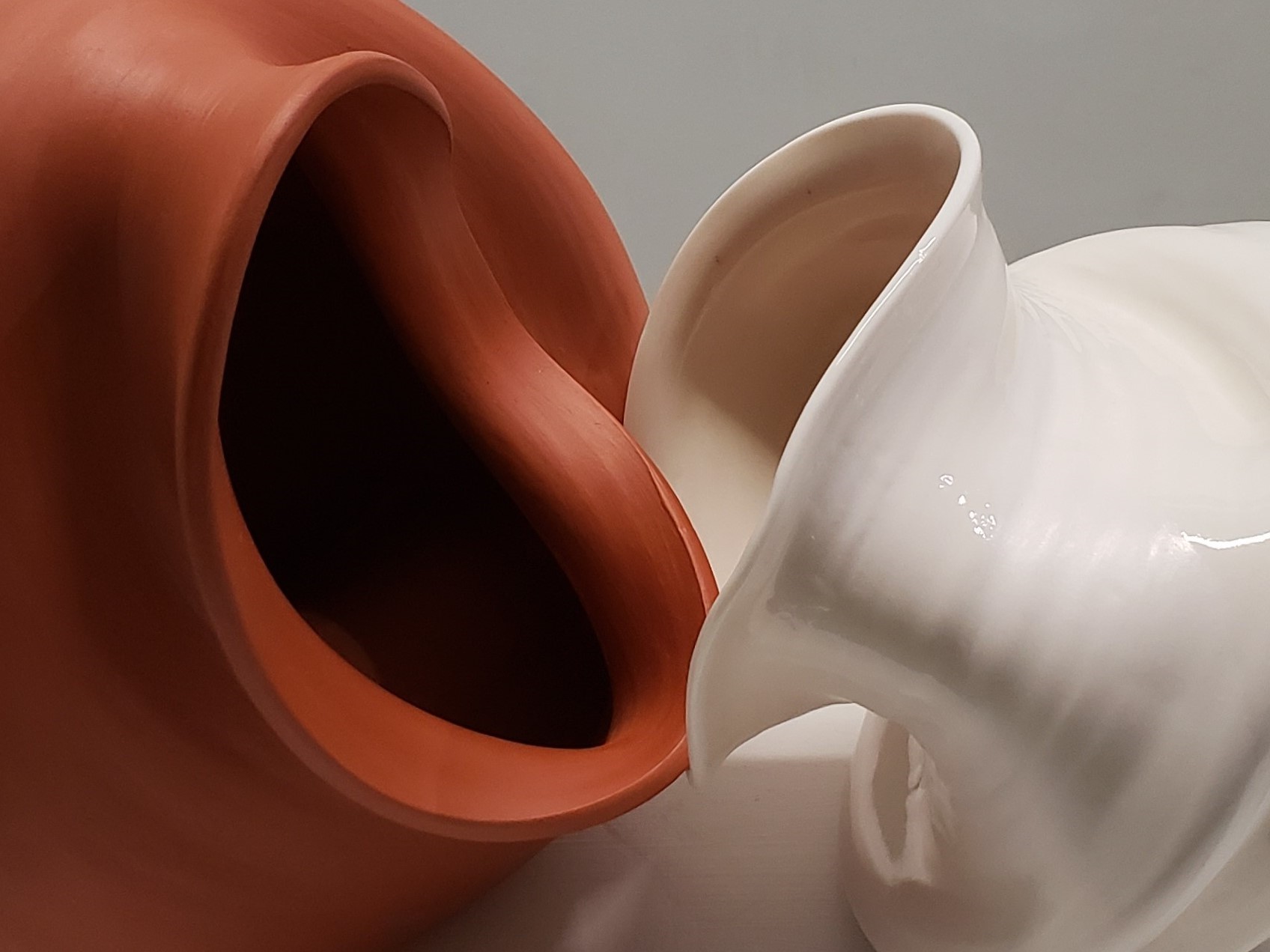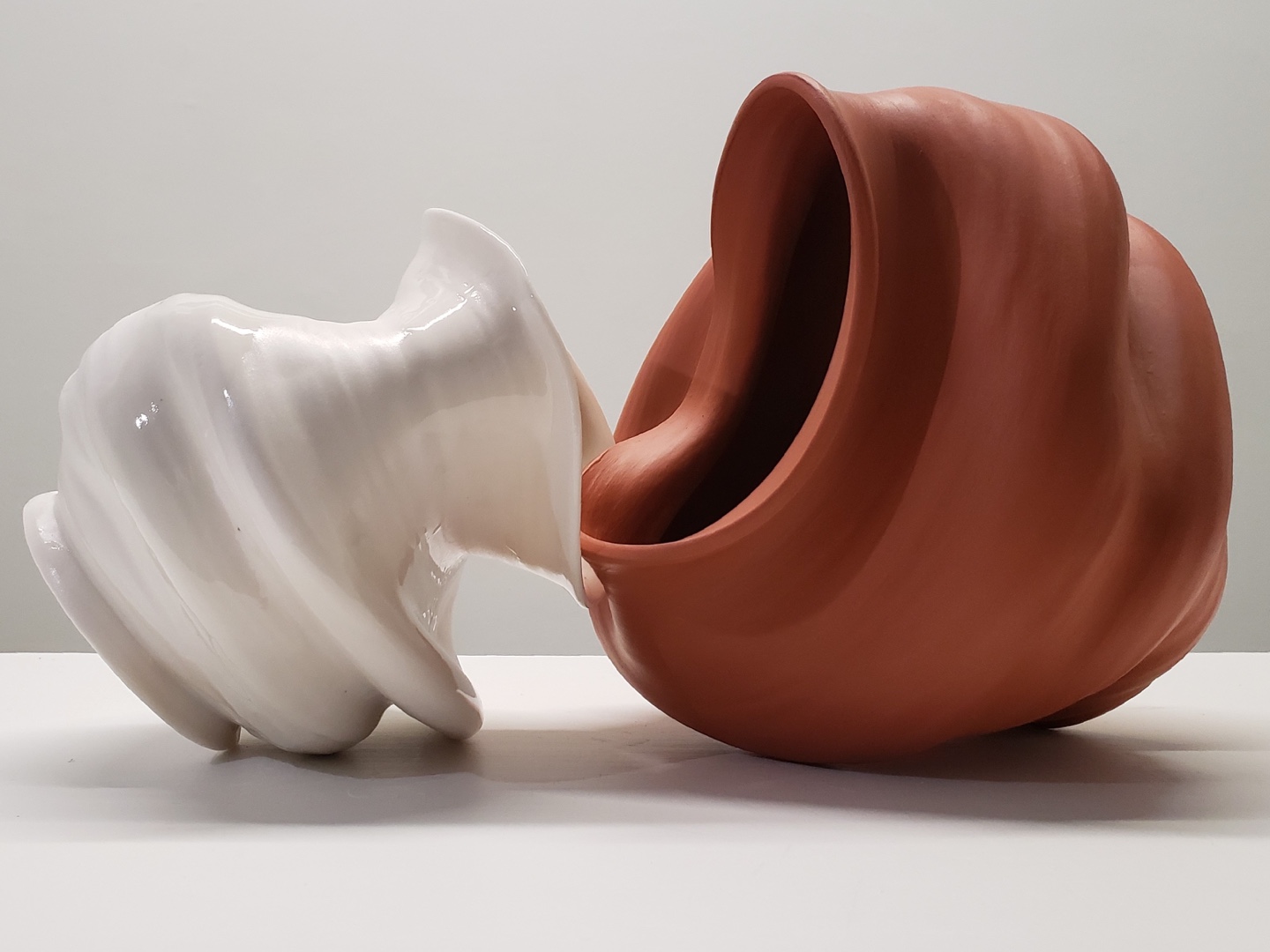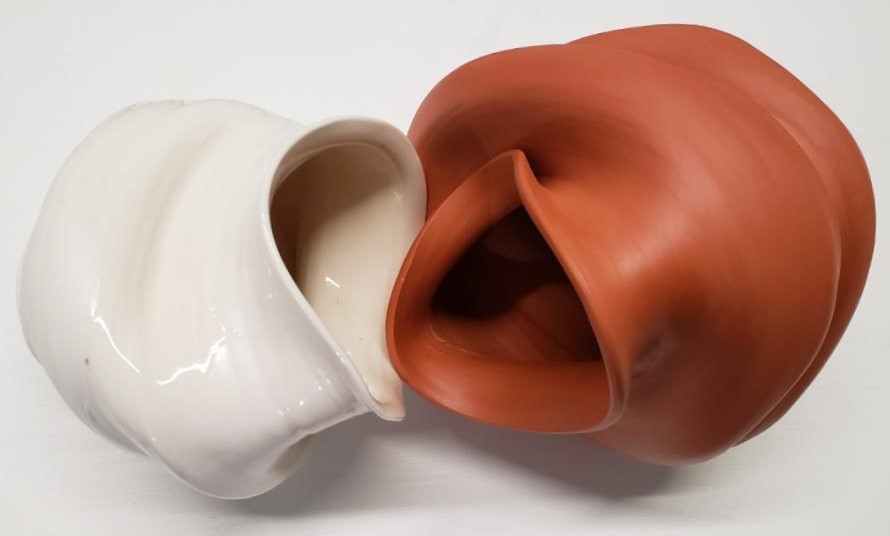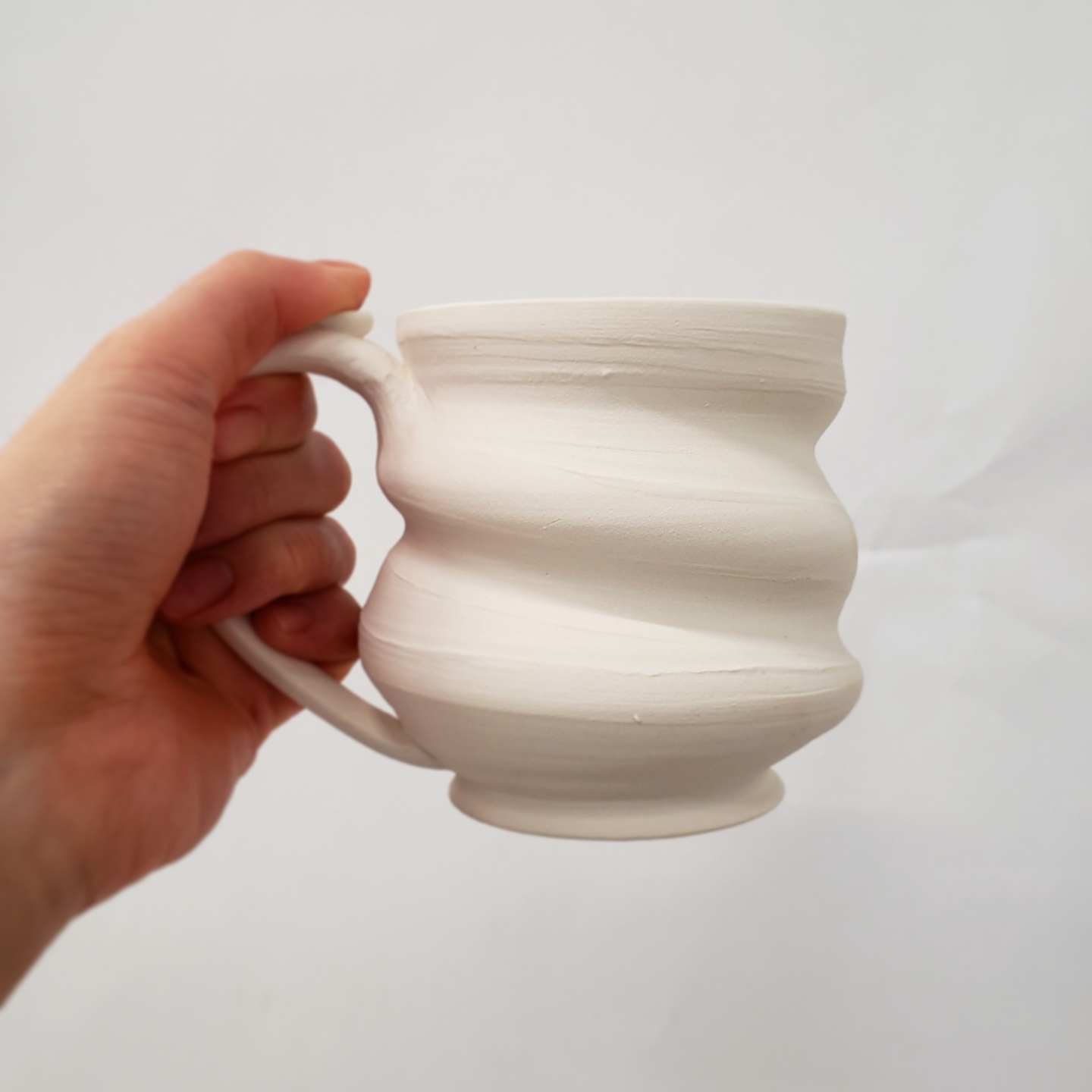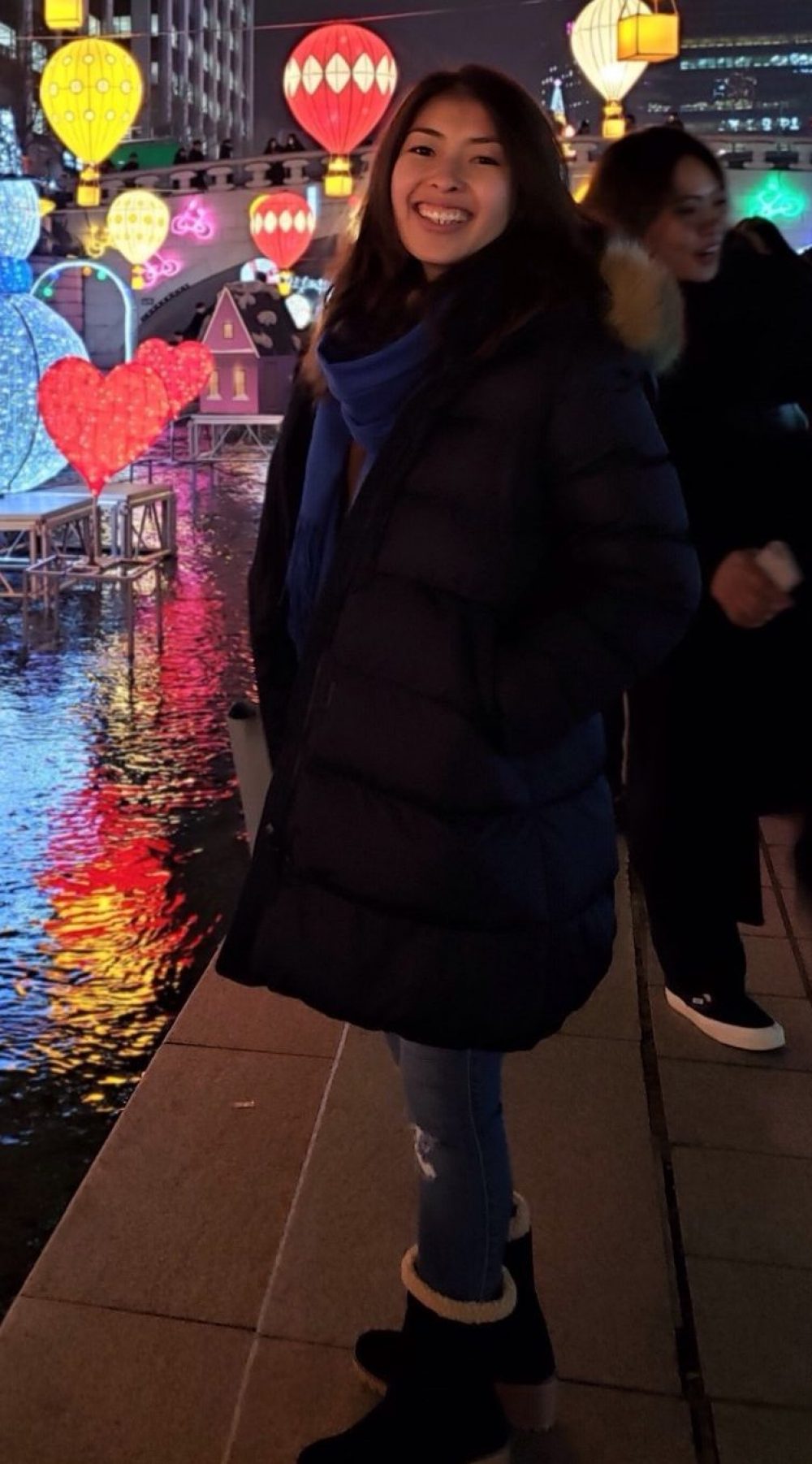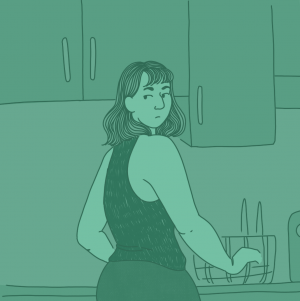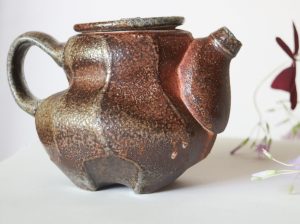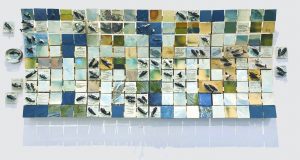- #Abstract
- #Biophilic/Biocentric
- #Body
- #Comfort
- #Conceptual
- #Connection
- #Contemporary
- #Culture
- #Embodied
- #Emotion
- #Experimental
- #Family
- #Handmade
- #Healing
- #Identity
- #Immigrants
- #Material Practice
- #Narrative
- #Object
- #Personal
- #Portrait
- #Practice-based
- #Reflection
- #Relationships
- #Sculpture
- #Self-portrait
- #Self
- #Storytelling
- #Transition
Bodies of Clay
Jessica Lam
Bodies of Clay — A Self Portrait
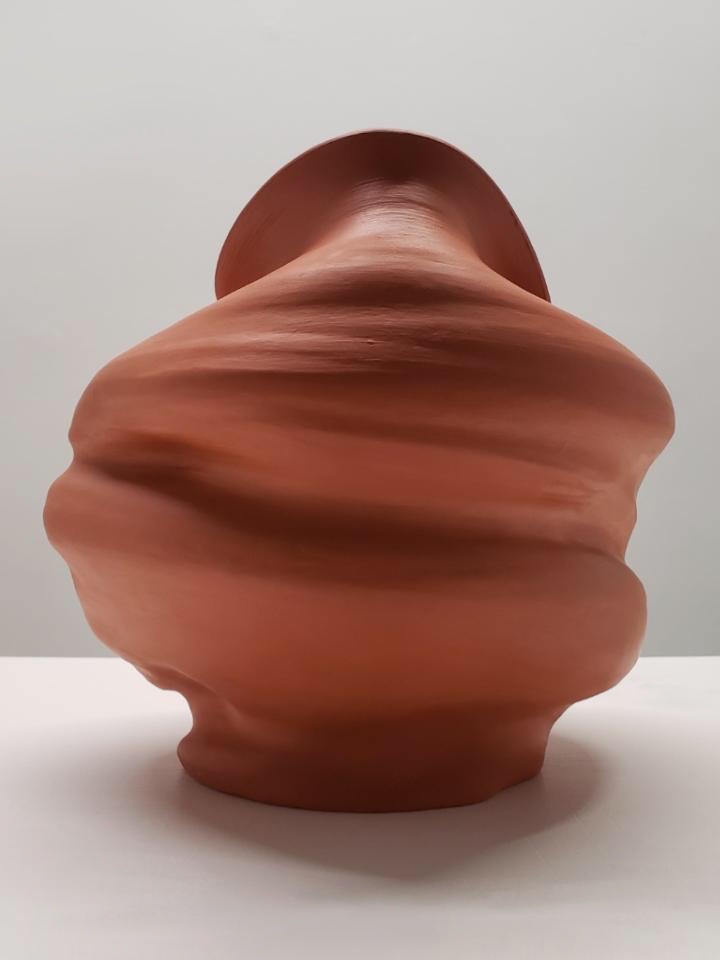
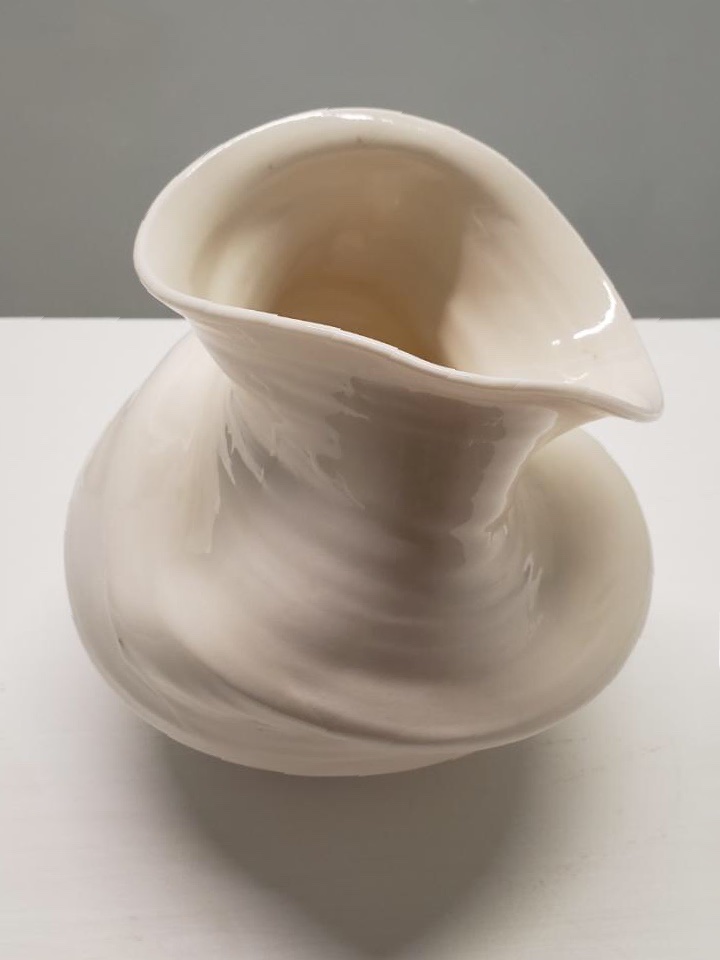
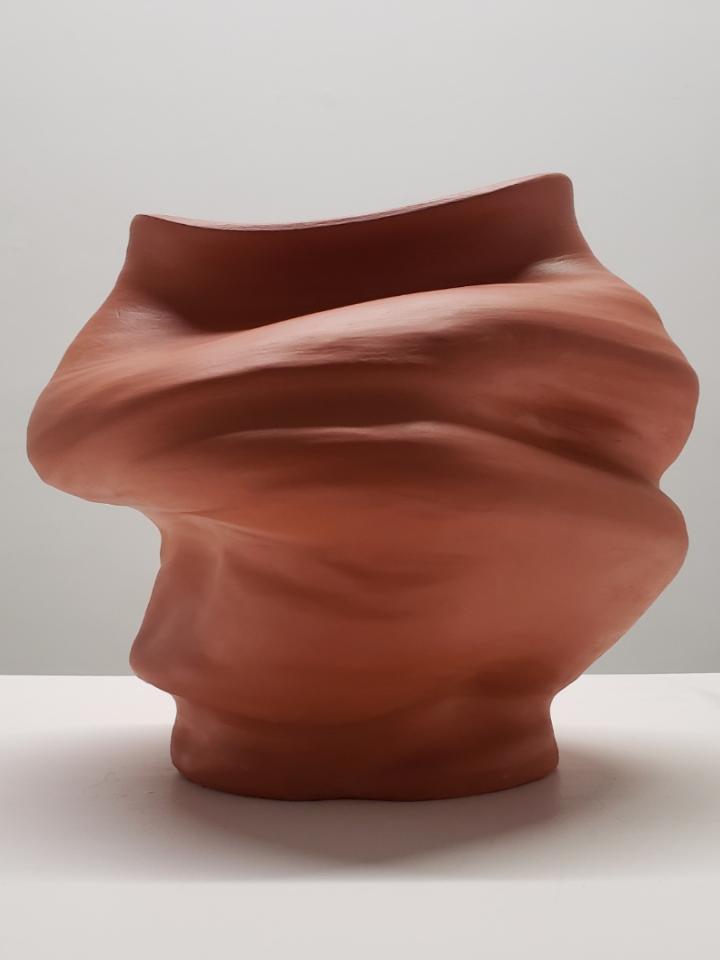
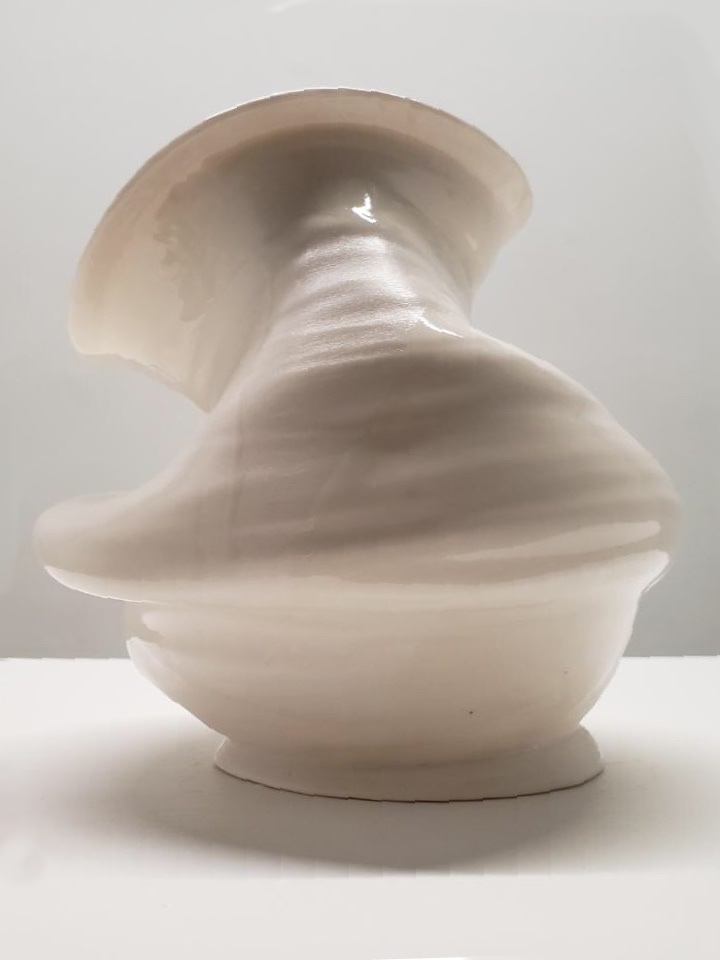
Porcelain and stoneware. 2021.
Description
Bodies of Clay is an abstract and unconventional self-portrait that I crafted as a sense of self reflection and discovery. I have thrown a white porcelain vessel (see figures 6-1, 6-2) to represent my Chinese heritage and have contrasted it with a red Navajo piece (see figures 5-1, 5-2) to represent my birthplace in North America. These two vessels are the embodiments of my conflicting identities that I saw myself as during my childhood. Within the forms, I wanted to encapsulate my emotions and mental states through the vulnerability of the clay bodies themselves by pushing them to their limits — much like how I was pushed to mine — and exposing their weakest walls and natural colours.
Looking at the vessels as individuals, the porcelain’s neck is narrow and almost strangled with its shoulders and feet heavily slouched towards the ground. Through its body language, it communicates struggle and defeat. The red clay’s body is prominently hunched with its neck and shoulders down towards the ground. On one side of the vessel, it can also be interpreted as a self-soothing hug (see figure 5-2). Analyzing its posture, the red body provokes a sense of loneliness and fatigue. However when the vessels are placed together (see figure 4), they begin to rely on one another for support — it is like two lost halves that have finally met and are in the process of unification. Consolidated together, the vessels can be seen resting their heads on each other’s shoulders, representing a balanced and harmonious relationship.
Motive & Narrative
As a Canadian-born Chinese, I used to be conflicted with my cultural identity. Early in my childhood, the two cultural lifestyles of being Chinese compared to being Canadian seemed like polar opposites to me; I felt like I had to choose one over the other. During elementary school, my classmates would make fun of me if I accidentally forgot a word in English, and my parents would always encourage us to speak Chinese at home. I felt like I was embodying two different personas at such a young age, and that affected me negatively as I was growing up. As much as I wanted to stay connected to my family roots, all I ever wanted was to fit in with my friends from school and just be like everyone else in Canada — no matter the consequences. Finding the middle ground was impossible to me at the time because of the constant clashes and judgments from classmates. To be honest, I did not think that the idea of a middle ground was an option for me.
However, I grew older and had more opportunities to explore and understand myself, my parents, my family; I began discovering and prioritizing my values. During my post secondary experiences, I suddenly found myself surrounded by others who look like me and have had similar upbringings; I felt like I finally found my place of belonging. I was able to talk about things I was never comfortable sharing from my Chinese culture before, while simultaneously making references to Canadian pop culture. I finally found my balance and began intertwining the two cultures together in a harmonious way. Better late than never, I realized that I am lucky enough to be granted this opportunity to choose what I value most from both cultures and combine them together to create a new perspective and way of living. I came to understand that I am not required to choose one lifestyle or culture over another, I just had to learn to overcome my differences and become proud of being Chinese, alongside of being Canadian.
